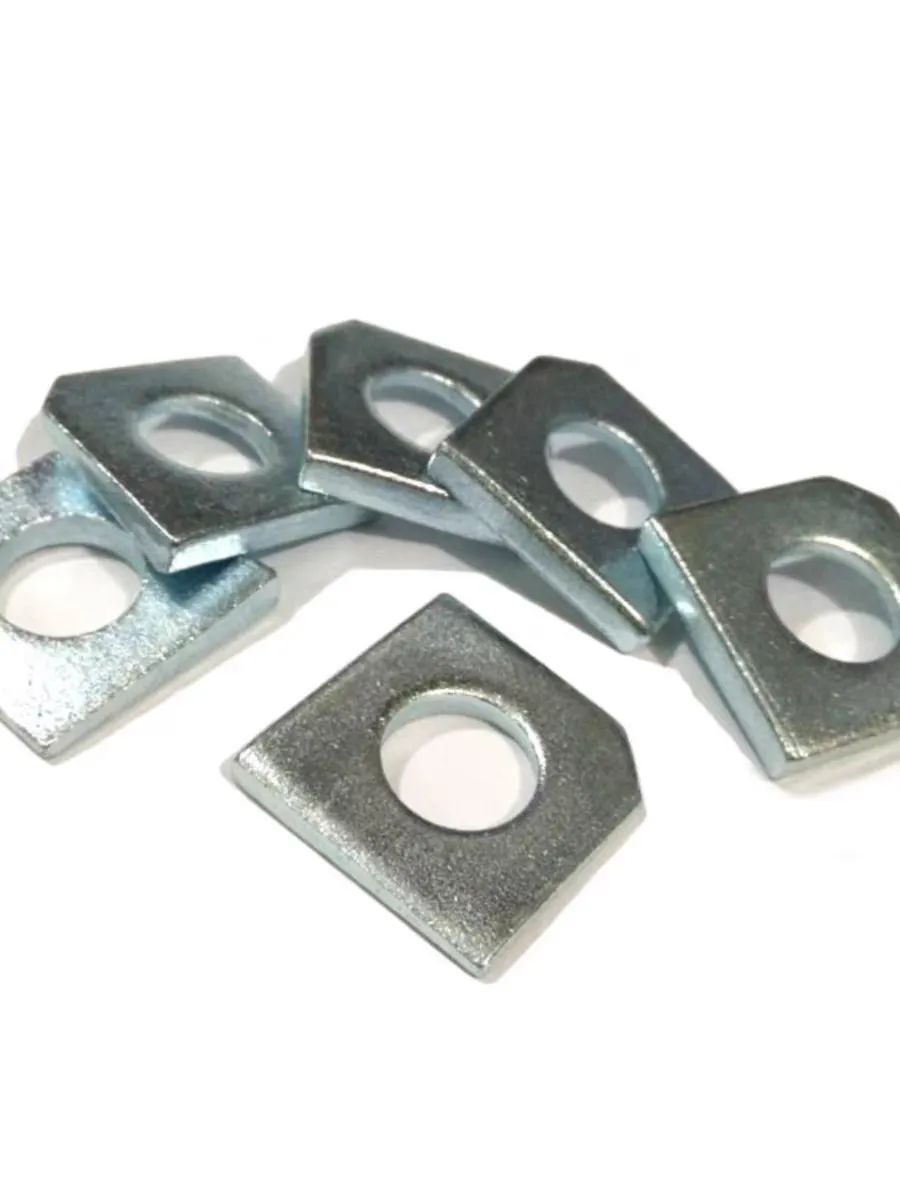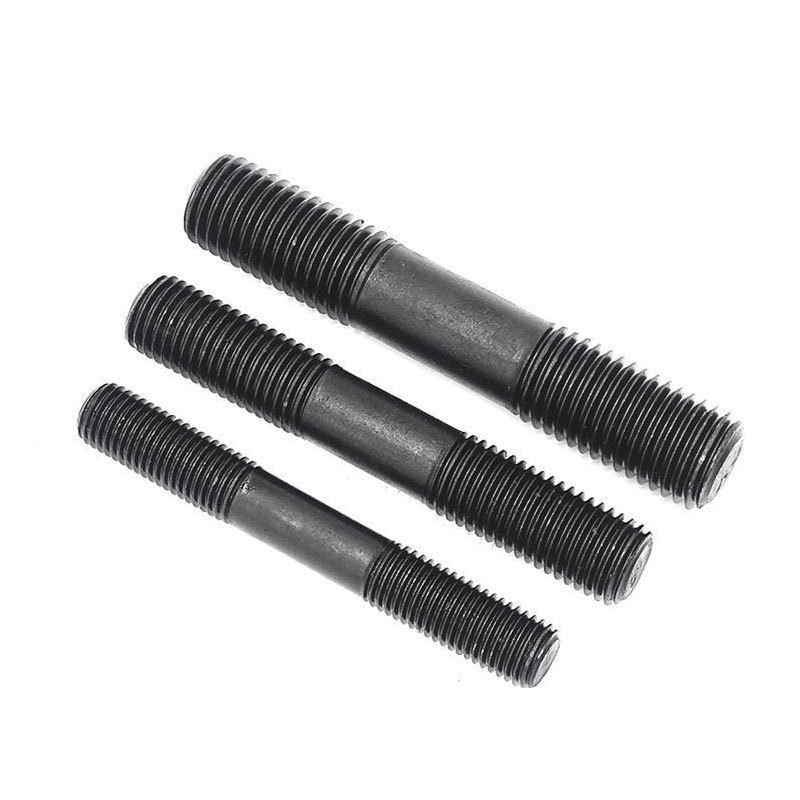

ASTM A325 Galvanized Bolts - Corrosion-Resistant Steel Fasteners
مئی . 31, 2025 14:57 Back to list
ASTM A325 Galvanized Bolts - Corrosion-Resistant Steel Fasteners
- Understanding the fundamentals of ASTM A325 galvanized bolts as corrosion-resistant solutions
- Breakdown of technical advantages and performance metrics
- Comparative analysis of leading manufacturers and specifications
- Customization options for specialized applications
- Real-world implementation case studies
- Maintenance protocols and lifespan expectations
- Concluding insights on corrosion resistance systems

(astm a325 galvanized bolts are corrosion-resistant steel)
ASTM A325 Galvanized Bolts: The Ultimate Corrosion-Resistant Fasteners
ASTM A325 galvanized bolts represent the industry benchmark for structural connections requiring uncompromised corrosion resistance. These high-strength fasteners undergo a specialized zinc coating process that creates a sacrificial barrier against environmental degradation. Unlike standard carbon steel fasteners that exhibit visible rust within 12-18 months in coastal environments, A325 galvanized bolts maintain structural integrity for decades. The dual protection mechanism combines zinc's electrochemical properties with the base material's tensile strength (minimum 120 ksi), making these bolts essential for critical infrastructure. Specifications precisely govern thread dimensions, coating thickness (typically 3.9-7.8 mils), and mechanical properties to ensure consistent performance across applications from highway bridges to industrial facilities.
Technical Specifications and Performance Advantages
The exceptional durability of A325 bolts stems from multiple engineered features. Zinc galvanization creates a physical barrier while electrochemically protecting exposed areas. Industry testing data reveals that properly galvanized A325 bolts withstand 1,000+ hours in salt spray chambers without red rust formation - five times longer than uncoated alternatives. Mechanical capabilities include:
- Minimum tensile strength: 120,000 psi
- Typical yield strength: 92,000-110,000 psi
- Coating adhesion withstands 1.5x bolt diameter bending without cracking
Paired with zinc-plated galvanized washers, these assemblies create comprehensive corrosion resistance systems. The combination prevents galvanic corrosion at contact points while maintaining consistent clamping force. Studies by the American Galvanizers Association demonstrate that galvanized structural bolts maintain 95%+ tension retention after 25 years in moderate industrial environments, significantly outperforming painted or stainless alternatives.
Manufacturer Comparison and Specifications
| Manufacturer | ASTM A325 Variant | Coating Thickness (mils) | Salt Spray Resistance (hours) | Shear Strength (kips) | Industry Applications |
|---|---|---|---|---|---|
| Portland Bolt | Type 1 | 5.2-7.5 | 1,200 | 78 | Bridges, Power Plants |
| Nucor Fastener | Type 3 | 4.8-6.9 | 950 | 74 | Transmission Towers |
| MFC Industrial | Type 1 | 6.1-7.8 | 1,500 | 81 | Offshore Platforms |
| KD Fasteners | Type 3 | 4.1-5.9 | 860 | 72 | Commercial Buildings |
Customized Solutions for Specialized Requirements
Beyond standard specifications, multiple customization options address unique environmental challenges. For coastal infrastructure near saltwater, manufacturers offer triple-layer galvanized coatings exceeding 8.3 mils thickness. These specialized bolts withstand airborne salinity levels exceeding 100 µg/m³ without accelerated deterioration. Chemical processing facilities often specify alloy-enriched A325HT bolts with enhanced resistance to hydrogen sulfide exposure, maintaining 90% tensile strength after 5-year chemical immersion tests. Dimensional adaptations include:
- Extra-long shank configurations for multi-plate connections
- Oversized head designs for timber applications
- Non-standard thread pitches for vibration resistance
These engineered solutions maintain corrosion integrity while accommodating structural necessities that standard fasteners cannot address.
Implementation Case Studies and Performance Data
The Chesapeake Bay Bridge Tunnel project illustrates ASTM A325 galvanized bolts' real-world performance. During 2018 renovations, contractors installed over 45,000 galvanized bolts rated for Type 3 corrosion resistance. Despite constant saltwater exposure and humidity averaging 85%, zero bolt replacements were required during recent 2023 inspections. Accelerated corrosion testing on retrieved samples showed coating loss of merely 1.3 mils after five years, projecting 35+ years service life.
Similarly, Midwest power transmission installations using 490 galvanized bolts demonstrated 60% lower lifecycle costs than stainless alternatives. Structural monitoring data revealed:
- 0.002% annual tension loss with corrosion-resistant zinc-plated galvanized washers
- 0.38% average joint relaxation after thermal cycling
- Zero stress corrosion cracking incidents after 8 years
Maintenance Protocols and Expected Lifespan
While galvanized bolts require minimal maintenance, established inspection protocols maximize service duration. Structural engineers recommend visual inspections triennially, checking for white zinc oxide formation which indicates active protection. When accompanied by corrosion-resistant zinc-plated galvanized washers, systems typically achieve 25-year maintenance-free service in industrial environments (C3 corrosion category). Accelerated aging tests predict 38-42 years lifespan in rural settings (C2 category), substantially outperforming mechanical galvanized coatings by 15-20 years. Critical infrastructure applications often implement electrochemical monitoring systems that track zinc depletion rates, enabling predictive replacement scheduling without structural compromise.
Optimizing Structural Integrity with Zinc-Plated Galvanized Systems
Proper material selection revolutionizes long-term structural performance. When specifying A325 galvanized bolts with compatible zinc-plated galvanized washers, engineers achieve comprehensive corrosion protection systems validated through decades of field performance. Recent ASTM specification updates (A325-24) further enhance quality control measures for thickness consistency and alloy purity. The data conclusively demonstrates that galvanized structural connections provide superior life-cycle economics, with initial premium costs offset by 3-5 times longer service intervals than alternative protection methods. For projects demanding uncompromised structural integrity in corrosive environments, the robust and corrosion-resistant properties of galvanized bolting systems remain the engineering standard worldwide.

(astm a325 galvanized bolts are corrosion-resistant steel)
FAQS on astm a325 galvanized bolts are corrosion-resistant steel
Q: Are ASTM A325 galvanized bolts corrosion-resistant?
A: Yes, ASTM A325 galvanized bolts are corrosion-resistant due to their zinc coating. This galvanization process protects the steel from rust and environmental degradation. They meet ASTM standards for durability in harsh conditions.Q: How do 490 galvanized bolts compare to ASTM A325 bolts?
A: Both 490 galvanized bolts and ASTM A325 bolts are robust and corrosion-resistant. The "490" designation typically refers to their tensile strength in MPa. ASTM A325 specifies additional requirements for material and performance.Q: Why are ASTM A325 galvanized bolts considered robust fasteners?
A: ASTM A325 galvanized bolts are heat-treated for high strength and durability. Their zinc plating adds corrosion resistance, making them suitable for structural applications. These features ensure reliability under heavy loads and harsh environments.Q: What are corrosion-resistant zinc-plated galvanized washers used for?
A: These washers complement ASTM A325 galvanized bolts by distributing load and preventing loosening. Their zinc plating matches the bolts' corrosion resistance. They are ideal for outdoor or high-moisture applications.Q: Can ASTM A325 galvanized bolts be used in marine environments?
A: While their zinc coating provides corrosion resistance, prolonged exposure to saltwater may require additional protection. ASTM A325 bolts are better suited for industrial or structural settings. For marine use, stainless steel or specialized coatings are often recommended.Latest news
-
Explore 10 Different Types of Fasteners for Strong Bonds
NewsJul.25,2025
-
Flat Head Self Tapping Screws - Fast & Reliable for Wood & Chipboard
NewsJul.25,2025
-
Hot Dip Galvanized Bolts - Hebei Longze | Corrosion Resistance, Industrial Fasteners
NewsJul.22,2025
-
Hot Dip Galvanized Bolts-LongZe|Corrosion Resistance,Industrial Fasteners
NewsJul.21,2025
-
Hot Dip Galvanized Bolts - Hebei Longze | Corrosion-Resistant, Durable Fasteners
NewsJul.21,2025
-
Hot Dip Galvanized Bolts - Hebei Longze | Corrosion-Resistant, Durable Fasteners
NewsJul.21,2025

